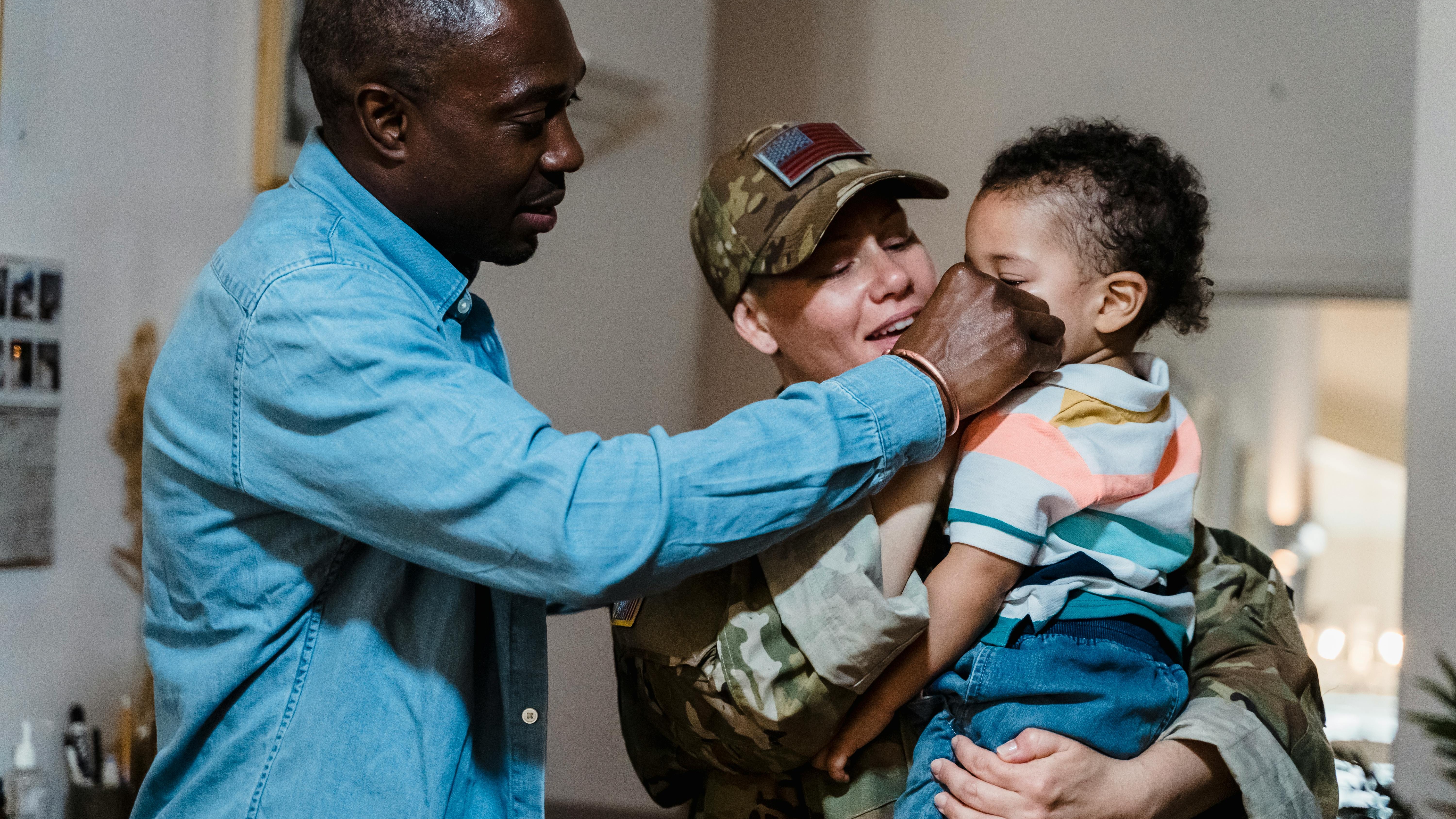
Understanding the Critical Role of Tone in Leadership
Effective leadership goes beyond strategic planning and decision-making; it deeply hinges on interpersonal communication. As articulated by GEN (ret.) Vince Brooks, leaders must excel in understanding the human dimension to foster trust and cohesion. This is where the significance of tone comes into play.
Your verbal tone, a blend of pitch and intonation, communicates a wealth of emotional information. For leaders and subordinates alike, it provides critical insight into intentions and feelings during engagements. A well-calibrated tone enhances rapport and builds confidence within teams, ultimately determining the success of leadership initiatives.
The Tone Range Fan: A Revolutionary Visual Tool
The Tone Range Fan (TRF) emerges as an innovative guide designed to help leaders choose the appropriate tone for various situations and to help their subordinates understand their communicative responsibilities. The TRF visually presents different tones—including your best tone, coaching tone, and compassionate tone to help illustrate how to effectively acknowledge emotions and intentions during conversations.
The 'best tone' reflects how we ideally wish to engage, marked by humility, curiosity, and preparation. This ideal engagement often mirrors interactions with loved ones, where emotional sincerity is paramount. In professional settings, especially in military and business contexts, humility acts as a cornerstone to build respect and a productive dialogue.
Identifying Your Best Tone: The Key to Engagement
To leverage your best tone, cultivate an atmosphere of humility. This involves maintaining open body language and being attentive to the emotional climate of conversations. Engaging your superiors from a stance of humility not only facilitates effective communication but also encourages mutual respect. The success of your message is not solely in the words you choose but in how those words resonate emotionally with your audience.
Intellectual curiosity accompanies humility, fostering an eagerness to understand and learn from the insights of others. A leader prepared with facts and a genuine interest in others' perspectives is more likely to command respect and influence. By marrying humility with preparedness, you open up channels of trust essential for effective leadership.
Coaching Tone: Crucial for Growth and Development
Incorporating a coaching tone during interactions is vital for fostering growth within your team. This tone is characterized by encouragement, guidance, and constructive feedback, akin to an athletic coach motivating their players. Active duty service members or those in corporate environments can benefit significantly from this approach, as it helps drive performance without compromising morale.
To cultivate a coaching tone, leaders must prioritize connection with their subordinates, ensuring they feel valued for their contributions. This fosters a work environment where team members feel safe to express themselves, leading to enhanced creativity and collaboration.
Future Insights: Developing a Culture of Open Communication
Understanding the nuances of tone is not merely about personal development; it impacts the organizational culture significantly. As organizations transition through various phases of growth or challenge, cultivating a tone-conscious environment will prove advantageous in embracing change. Leaders attuned to tone can predict potential conflicts and address them proactively, ensuring cohesion even in turbulent times.
Encouraging a culture that emphasizes open communication channels will foster an environment of continuous learning and adaptation. This results in heightened morale and productivity, creating resilient teams equipped to face challenges head-on.
Real-World Applications: Benefits Beyond the Military
The TRF’s applicability extends far beyond the military, reaching corporate leaders, educators, and parents alike. By teaching and employing effective communicative practices informed by the principles of the Tone Range Fan, diverse groups can enhance interpersonal relationships across all areas of life.
For military veterans transitioning into civilian careers, mastering tone as a tool for communication can significantly influence their success in new roles. Given their training, military leaders possess a wealth of experience that, when communicated effectively, can resonate deeply within corporate environments, fostering collaboration and innovation.
Conclusion: Embracing the Power of Tone in Leadership
Understanding and employing the principles of the Tone Range Fan equips leaders at all levels with the ability to communicate effectively, drive engagement, and foster a culture built on trust and respect. As you cultivate your tone, remember that influence, power, and respect are intrinsically linked to how you communicate. Strive to hone your tone, and you will transform not only your leadership but also the dynamics within your team, turning every engagement into an opportunity for connection and growth.
 Add Row
Add Row  Add
Add 




Write A Comment